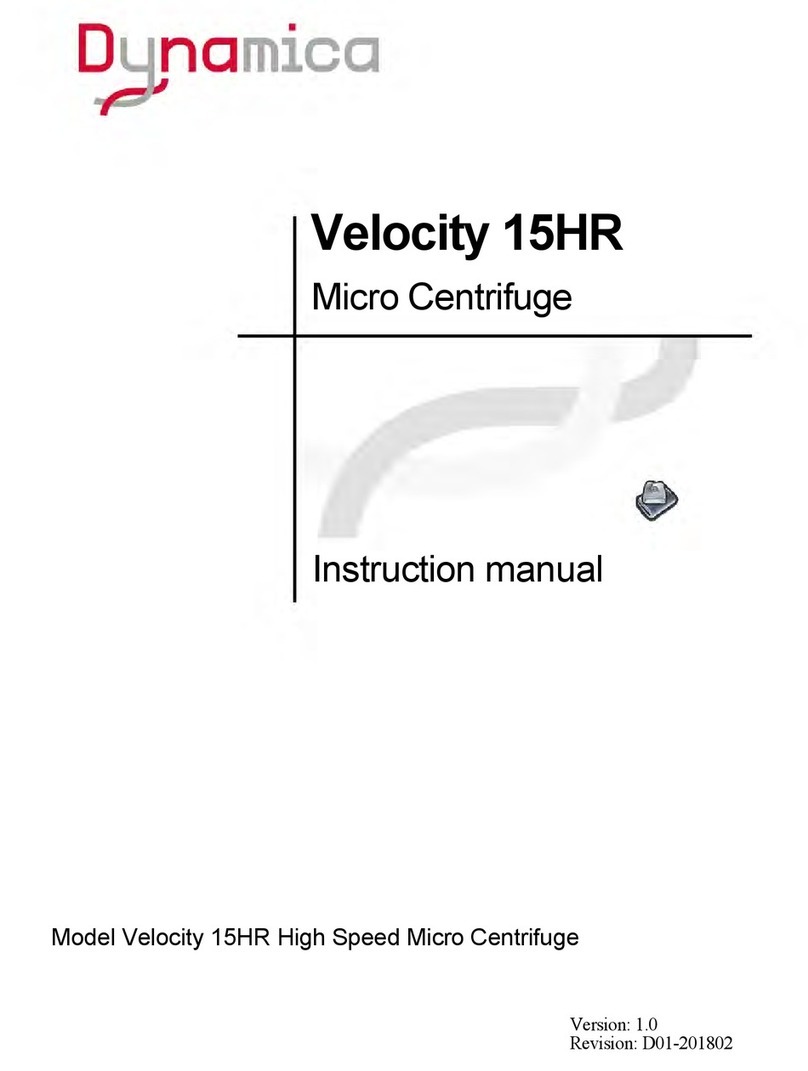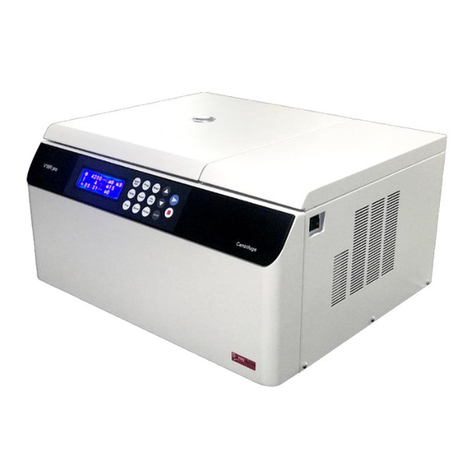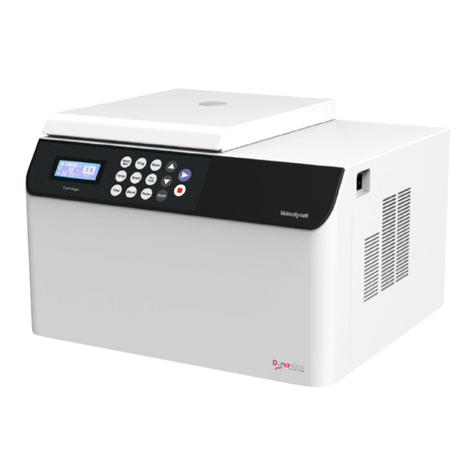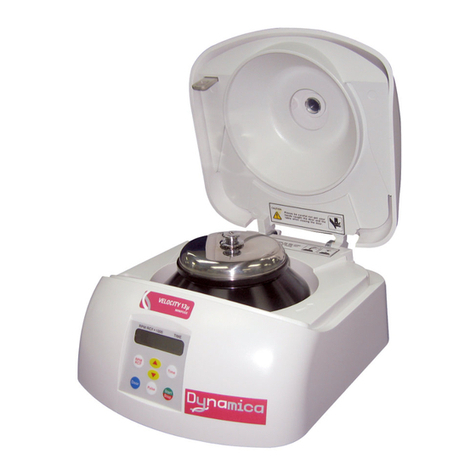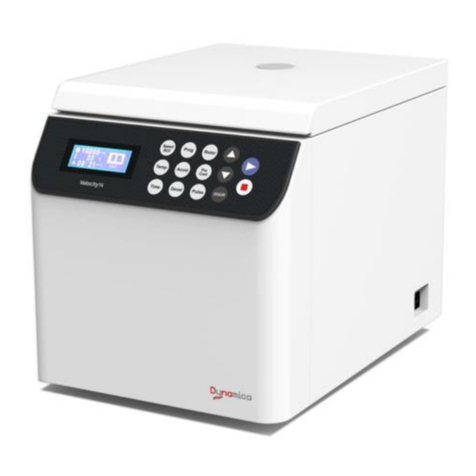iii
Contents
Safety Reminder..........................................................................................................i
1 Specification......................................................................................................................1
2 Operational Condition.......................................................................................................2
2.1 Basic operational conditions...................................................................................2
2.2 Transport and storage condition.............................................................................2
3 Installation.........................................................................................................................3
3.1 Location..................................................................................................................3
3.2 Connection of the power cord and grounding........................................................3
4 Structure ...........................................................................................................................4
5 Operation panel ................................................................................................................6
6 Preparation of Rotor .........................................................................................................8
7 Operation........................................................................................................................10
7.1 Normal Operation.................................................................................................10
7.2 Pulse Operation....................................................................................................13
8 Maintenance ...................................................................................................................15
8.1 The daily maintenance .........................................................................................15
8.2 Periodic inspect and replace consumable parts ..................................................16
9 Troubleshooting ..............................................................................................................17
9.1 Common error list.................................................................................................17
10 Frequent problems and solutions.................................................................................18
10.1 How to open the door.........................................................................................18
11Applicable rotors and tubes...........................................................................................19
11.1 Table of applicable rotors....................................................................................19
11.2 Cleaning and sterilizing tubes and bottles..........................................................20
12 Rotating radius of applicable rotors..............................................................................22
13 Calculating relative centrifuge force (RCF)..................................................................22
14 Circuit connecting graph...............................................................................................23
15 Guarantee.....................................................................................................................24
After-sales Service.............................................................................................................24






